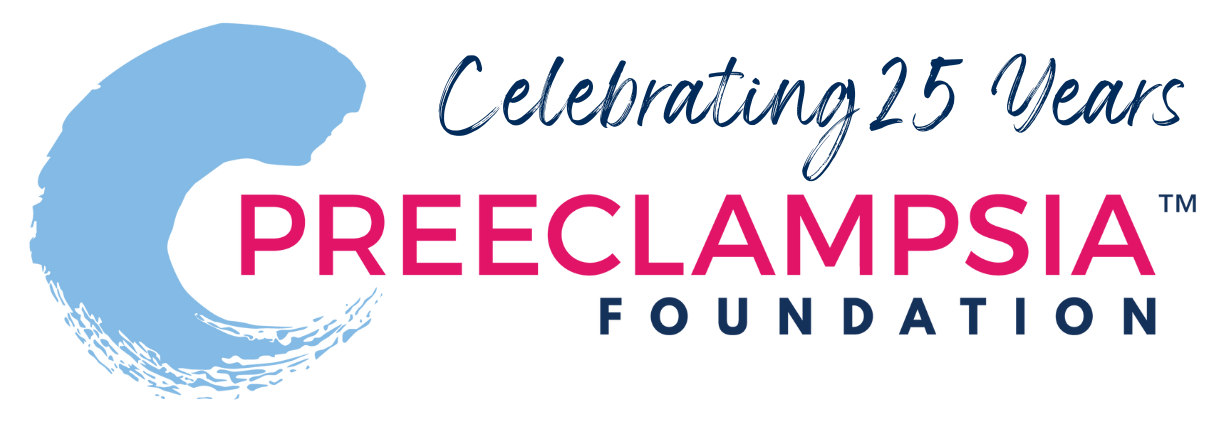
Can cell-free fetal DNA predict preeclampsia before clinical onset?
Predicting preeclampsia has proven to be a challenge. Researchers have documented many differences in early pregnancy between those who eventually develop preeclampsia and those who do not. These include body mass index (BMI), blood pressure, and pulse rate, but none of these factors are reliable enough to be clinically useful for prediction.
Cell-free DNA, which comes from broken down cells, circulates in everyone’s blood. Scientists can pull this DNA from blood samples and measure how much of it there is. Researchers have discovered that the placenta releases DNA into the mom’s bloodstream. This discovery forms the basis for non-invasive prenatal testing (NIPT), where fetal DNA shed from placental cells is analyzed to assess the risk of specific chromosomal anomalies, such as Down syndrome, as well as to determine fetal sex.
Preeclampsia is thought to arise, at least in part, from placental dysfunction and maternal endothelial cell damage. Since the placenta is inaccessible during pregnancy, non-invasive methods are important for identifying molecular features that indicate the risk of preeclampsia. These approaches help improve our understanding of the underlying biology and aid in developing strategies to lower the risk of preeclampsia.
In this study, researchers investigated if prenatal cell-free DNA screening could be used to predict preeclampsia risk in early pregnancy. Researchers used blood specimens drawn for NIPT from around 12 weeks gestation. Samples were collected from over 1,000 pregnant patients between 2017 and 2023. They measured the levels of circulating DNA specific to different maternal and fetal tissues, comparing those who later developed preeclampsia with those who did not. They found that women who develop preeclampsia had a significantly lower proportion of cell-free DNA from the placenta while the amount from maternal endothelial cells was significantly higher. When they combined these DNA measurements with early maternal BMI and blood pressure, they were able to correctly identify 81 percent of women who would develop preeclampsia, as well as accurately identify 80 percent of those who would not develop preeclampsia.
Take Home: Testing cell-free DNA in specimens taken in early pregnancy combined with BMI and blood pressure is a promising new method for predicting preeclampsia. Researchers aim to continue studying this with more samples in hopes that this could become a tool to predict early preeclampsia months before clinical onset.
Citation: Preeclampsia risk prediction from prenatal cell-free fetal DNA. Mohamed Adil, et al. Nature Medicine. Feb 12, 2025
Link: https://doi.org/10.1038/s41591-025-03509-w
ABOUT RESEARCH ROUNDUP
Each quarter, our team of science writers reviews the most current research studies related to hypertensive disorders of pregnancy and summarizes those studies of greatest interest and potential impact to our community, including research studies related to risk assessment, diagnosis, prevention, and treatment. Special thanks to our volunteer research team, including Dr. Sig-Linda Jacobson, Dr. Jennifer Mitchell, Dr. Julie Reynolds, and Amanda Yang who make Research Roundup possible, and to our Patient Advisory Council, who reviews these materials from the patient perspective.
Related Articles

Your story is needed to improve outcomes for moms like you. Add your voice to critical preeclampsia research to ensure that every story is heard.

Frequently asked questions about the Preeclampsia Registry, a patient-driven registry and biobank.

The Preeclampsia Foundation offers research funding, study recruitment, and other patient engagement services to researchers.

We provide research grant funding to advance progress towards detection, prevention, or treatment of preeclampsia, HELLP syndrome, and other hypertensive disorders of pregnancy.

The Preeclampsia Foundation is seeking Letters of Intent for the Peter Joseph Pappas Research Grants funding program, designed to accelerate preeclampsia research. The ultimate goal of this grant prog...

A new research study suggests that blood pressure changes during the first 20 weeks of pregnancy—called blood pressure trajectories—may give providers a peek at a woman’s risk of dev...

Preeclampsia is a major cause of maternal and fetal morbidity and mortality. Prompt and accurate diagnosis is necessary to prevent adverse outcomes. A study was completed to determine the accura...

The U.S. Preventive Services Task Force (USPSTF) and American College of Obstetricians and Gynecologists (ACOG) guidelines changed in 2021 to help prevent preeclampsia. Low-dose aspirin has been shown...

Hypertensive disorders of pregnancy (HDP), including preeclampsia, affect 1 in 6 pregnancies. HDP is a general term for a range of mild to severe outcomes. Until now there has not been a reliabl...



